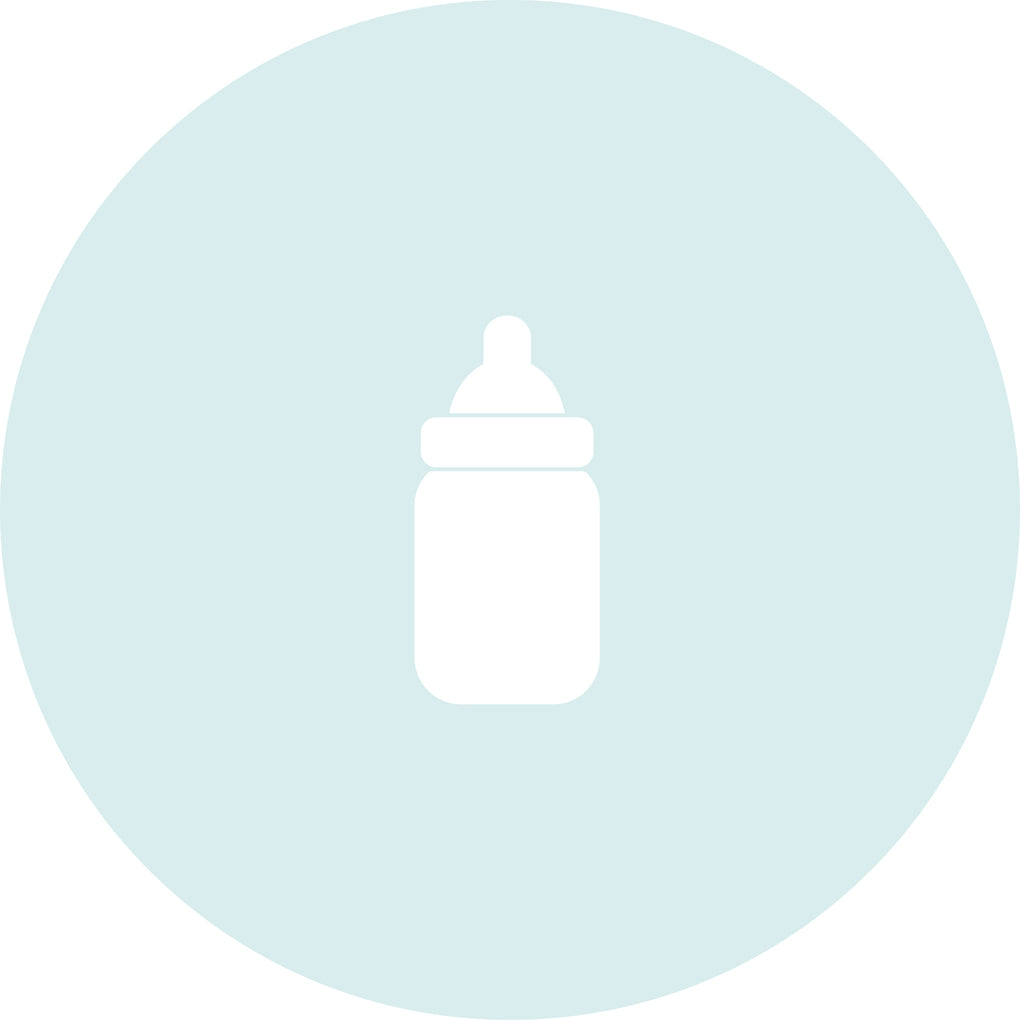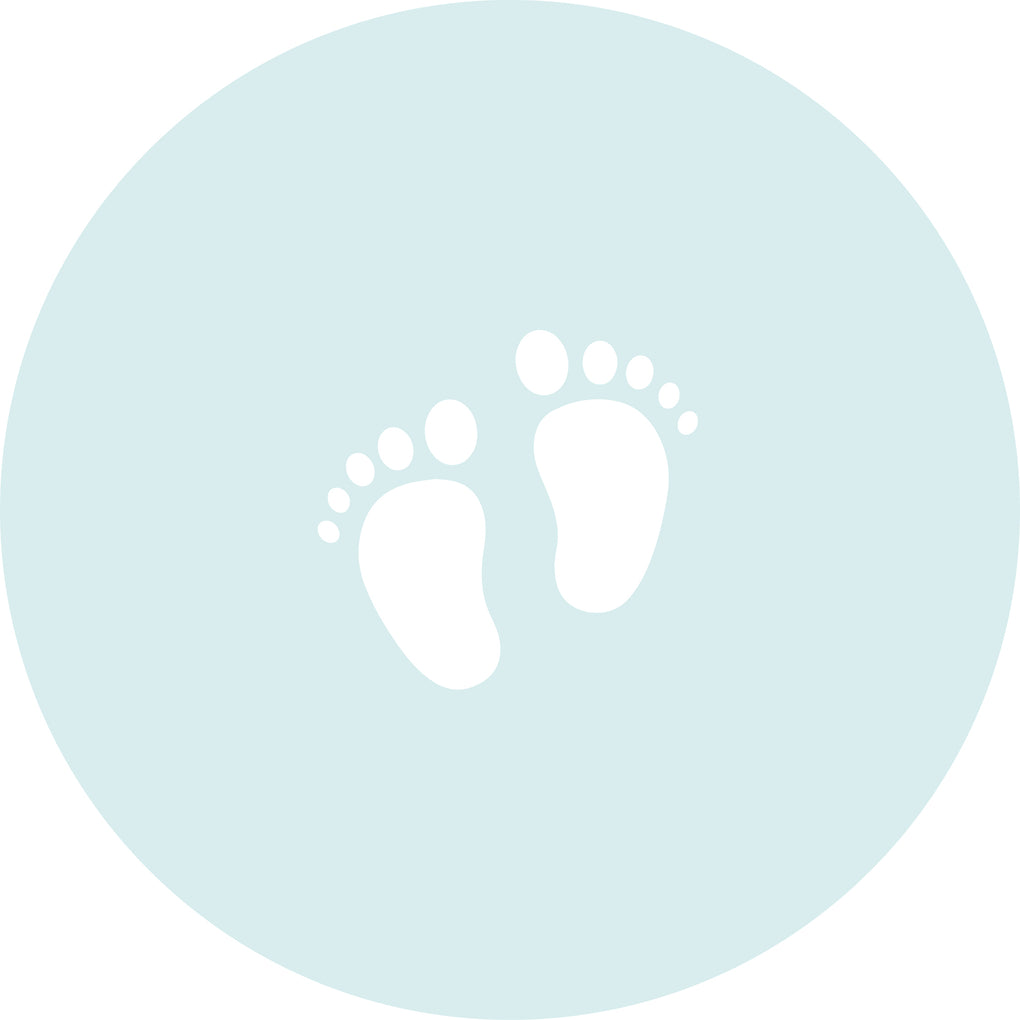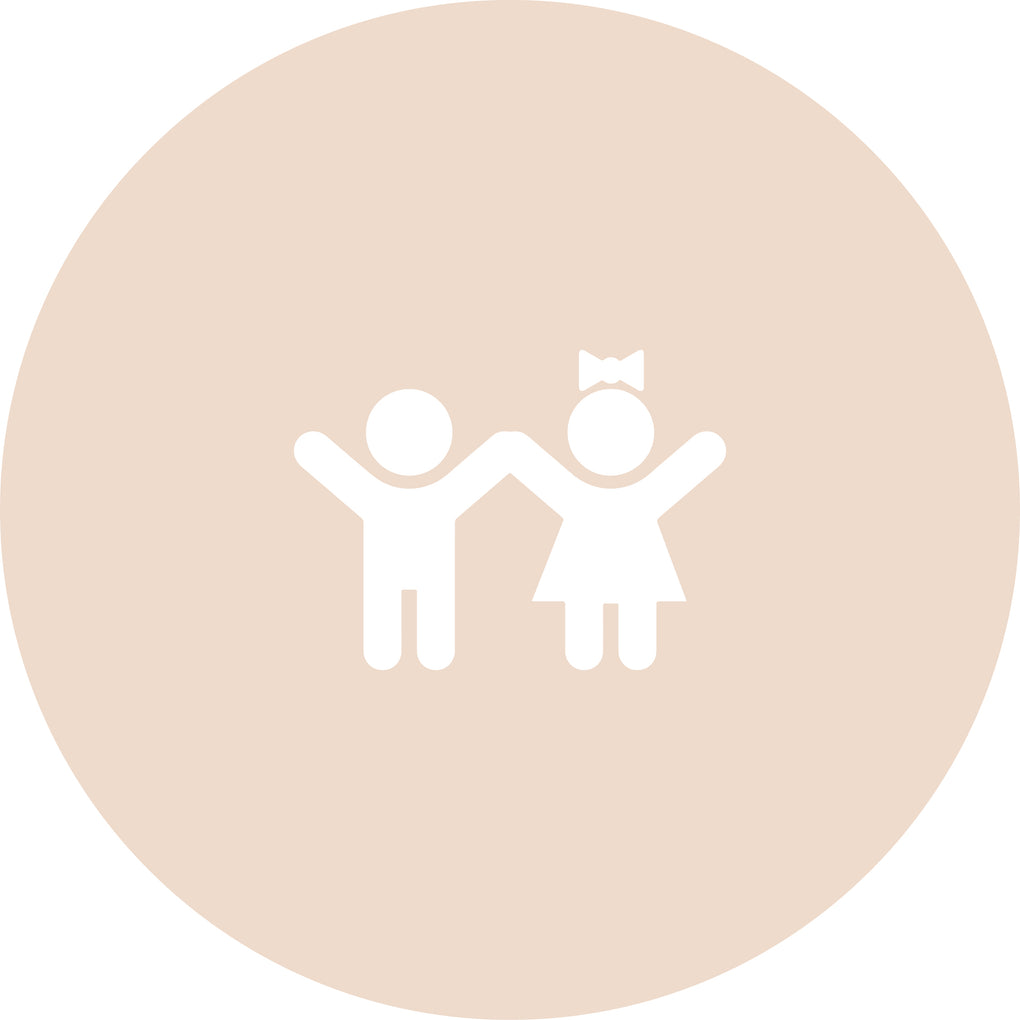When it comes to travelling with your baby or toddler, safety is paramount. Ensuring that your child is strapped in comfortably and protected from impact is the main worry many parents have when getting out in the car after having a baby. With so many car seats to choose from, all promising safety and comfort, how can you be sure you’re making the right choice?
Rear-Facing from Birth
Rear-facing car seats have been a hot topic in the parenting sphere for a while now, having been the main method of travel on the continent. Old regulation R44.04 was rearward facing until minimum of 9kg, approximately 9 months. iSize regulations say you must have your baby in a rear-facing car seat from birth until they reach 9kg, or an age of fifteen months. This is so baby is protected against the most dangerous type of accident: a frontal collision.
In this event, the driver and passengers will continue their forward momentum until their seatbelt stops them. As baby’s head and neck muscles are not fully grown, they of course lack the strength to stop themselves from serious injury. The law suggests this issue is more prevalent up to a weight of 9kg, however many car seat manufacturers are promoting rear-facing methods into toddlerhood.
The rear-facing movement was buoyed by child fatality statistics in European countries such as Sweden and the advent of new car seats manufactures in UK market such as BeSafe and Cybex.
To give an example of why rear-facing this is so important, a frontal collision using a front-facing seat can cause a force of up to 320kg of on baby’s neck. Even after baby’s weight has exceeded 9kg, this is still an unnecessary risk to your toddler’s young bones and muscles.
Rear-Facing Protection
Which? lists four main areas of protection offered by rear-facing seats, including:
- Holding baby’s head in a position that restricts movement, reducing injuries to the spine and neck area
- Offers a protective shell against crash debris
- Stops the head from hitting against the body or window of the car
- Distributes pressure around the body to the strongest parts, which in the case of a toddler is their back.
In Scandinavia, rear-facing car seats have been a staple of family travel for a long time. Companies like Norwegian car seat manufacturer BeSafe have a philosophy that toddlers should be rear-facing up to the age of four. This philosophy is backed up by accident statistics that show child fatalities are extremely rare.
In contrast, toddler deaths in the UK spike after the age of one year, which is the age at which most babies are transferred to forward-facing car seats. BeSafe themselves state the following:
“Independent studies of real traffic accidents carried out by Volvo and Folksam show that your child, up to the age of 4 years, has a 5 times greater chance of surviving and/or avoiding serious injury if sitting rear facing rather than forward facing in the car. Traffic accident studies from Volvo show that amongst children sitting rear facing in the age group 0-4 years, only 8% was injured and needed medical assistance. For children sitting forward facing in the same age group, 40% of the children needed medical assistance.”
Axkid is a Swedish company with a focus on child safety on the road. They believe in extended rear-facing, preaching that children should rear-face for as long as possible to keep them the safest. Many of their car seats allow for rear-facing from birth all the way up to seven, or even nine years-old.
You can find out more about Axkid and their extended rear-facing beliefs in this blog.
How to Choose a Rear-Facing Car Seat
As a new parent, or a parent having a second child since new regulations have been put into force, choosing a car seat that offers extended rear-facing capabilities can be a minefield. Here at Natural Baby Shower, we offer a range of car seats that can give such protection.
Some of our top recommended rear-facing car seat brands include Axkid, BeSafe and Maxi Cosi.



















